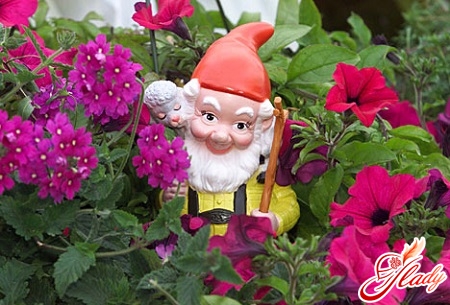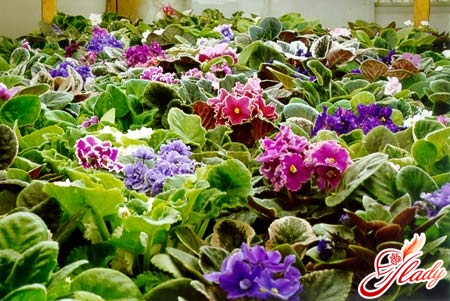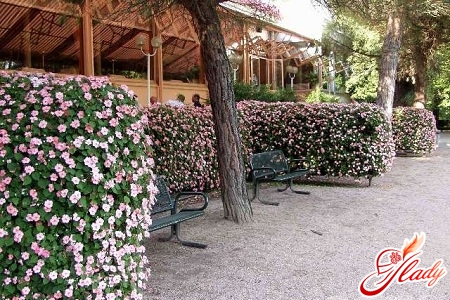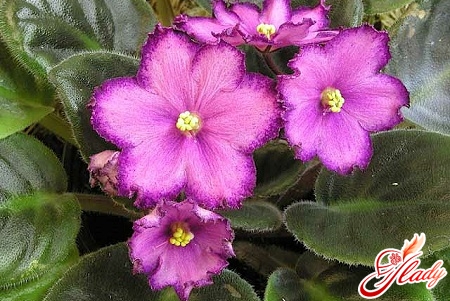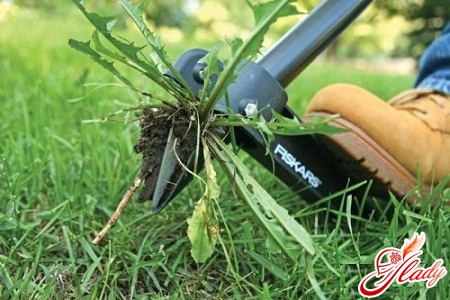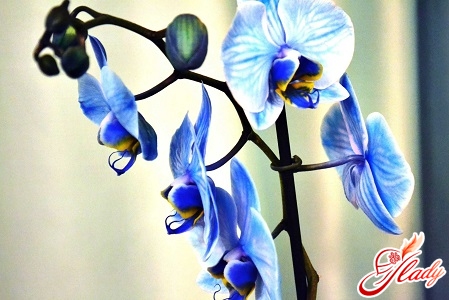 The variety of orchids is amazing - every daynew hybrids are becoming more and more. Not long ago, a blue orchid appeared on the shelves of flower shops - unique in its beauty and originality. But what is hidden behind the blue petals and can one find the same phalaenopsis in nature? Let's try to figure it out. This phalaenopsis does have an analogue in the tropics - it is a blue orchid of the genus Wanda. She has a cylindrical stem and leathery green leaves. Plant flowers can be painted in different shades of blue, purple or blue. Sometimes orchids of the Wanda genus have an amazing aroma. Phalaenopsis of blue color is rather a cunning marketing move than the result of the work of breeders. This species has no blue analogues in nature, and the unusual color is explained by watering with special coloring substances. Therefore, blue phalaenopsis often dies from poisoning. And in this article we will tell you what care a plant needs to keep it healthy and unharmed.
The variety of orchids is amazing - every daynew hybrids are becoming more and more. Not long ago, a blue orchid appeared on the shelves of flower shops - unique in its beauty and originality. But what is hidden behind the blue petals and can one find the same phalaenopsis in nature? Let's try to figure it out. This phalaenopsis does have an analogue in the tropics - it is a blue orchid of the genus Wanda. She has a cylindrical stem and leathery green leaves. Plant flowers can be painted in different shades of blue, purple or blue. Sometimes orchids of the Wanda genus have an amazing aroma. Phalaenopsis of blue color is rather a cunning marketing move than the result of the work of breeders. This species has no blue analogues in nature, and the unusual color is explained by watering with special coloring substances. Therefore, blue phalaenopsis often dies from poisoning. And in this article we will tell you what care a plant needs to keep it healthy and unharmed.
Blue phalaenopsis in the house: we care for the plant
A new pet has appeared in your house withamazing blue flowers. Of course, you want phalaenopsis not to cease to bloom, but it gradually sheds buds. This is due to stress and excess chemicals. Vendors of flower shops do not hide that the blue phalaenopsis is colored, but also do not try to actively share information with customers. Therefore, acquiring such a miracle, a person is often in complete ignorance. But not this conspiracy against buyers is scary, but the fact that manipulation with coloring causes serious damage to the health of the plant. First of all after buying, pay attention to the trunk and phalonopsis phalaenopsis. If you find traces of injections on the peduncle - there are many chances to save the plant. And if the injections of the dye were made into the roots or trunk - the plant may die. It is not necessary to transplant the flower immediately after the purchase. Phalaenopsis has already undergone stress, so why expose it to a new one? Do not expect that at home you will still be blossoming blue flowers. Over time, the orchid will acquire its natural white shade. 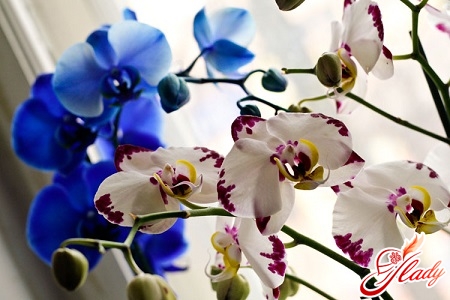
Blue Orchid: where to place?
The health of the orchid is primarily affected bylighting. One can even say that light is the most important condition in phalaenopsis cultivation. In natural conditions, lighting, or more precisely, its intensity, practically does not change. Therefore, in the tropics, these flowers are constantly in the stage of building up leaves, roots and flowers. We have too little sun in winter, and the plant passes into a state of sleep, as well as other representatives of our flora. To prevent this from happening, it is necessary to provide the orchid with the right care - lighting that is as natural as possible. So, where is it better to contain Phalaenopsis?
- Western Windows
Suitable for orchid maintenance in both summer and winter. In summer, the direct sun looks in after dinner, and in winter it is enough to prevent the orchid from falling asleep.
- South Windows
In winter, will be an excellent place for orchids. But in summer, a prolonged exposure to plants under direct sunlight can cause burns to the leaves, which in some cases is detrimental to the flower. It is noticed that the leaves of those flowers, the substrate of which was almost or completely dry, burn faster. At this time, the leaves begin to actively evaporate moisture, giving a signal to the roots to absorb water from the soil. And if there is nothing to absorb, the circle closes: the leaves are actively "sweating," the roots can not fulfill the request and the tissue of the leaf begins to deteriorate. In order to avoid such problems, do not allow the soil to dry out, and at noon hours cover phalaenopsis from ultraviolet. Sometimes it can be found that the leaves of the orchid began to change color. They can become purple or cover with light spots. In this case, the plant needs to be rearranged to conditions with more gentle lighting. And in the future, so that care does not cause you problems, it is important not to allow overheating.
- North windows
The most unfortunate option. It is dark in winter and in summer. Either transfer the orchid to a brighter place, or arrange additional artificial lighting for it.
- East Windows
For the summer they will fit perfectly. For winter light content is not enough. If you do not want the orchid to go into hibernation, illuminate it with fluorescent lamps.
How to water a blue orchid?
The watering of this plant is very closely related tolighting conditions. The brighter it is, the more the flower needs moisture. Remember that the proper care for orchids is in the skillfully selected relationship between lighting and watering. When buying a blue orchid, you can find a birochka on the pot indicating the main points of care. So, for example, it can be said there that watering the plant is necessary every 7-10 days. This is true, but only under condition of sufficient bright illumination. On a sunny day, your orchid will actively consume water, if it's rainy weather, it will stop drinking. Therefore, you should orient yourself when watering, not on time, but on the dryness of the substrate. Once it is completely dry - you can water it. In order to correctly assess the dryness of the soil, it is better to use auxiliary items, for example, a wooden stick. Stick it near the plant, and before the watering, remove and carefully inspect. Have you found wet marks? Set aside watering for a couple of days. The quality of water for irrigation also plays a role. Caring for the plant may seem perfect, but one day you will find that the roots have begun to turn black and dry up. To prevent this from happening, water the orchid only with warm water. One of the best ways to water is to use a warm shower. Watch out for water pressure - it should be weak and scattered. Otherwise, you will damage the leaves and stem. After the procedure, blot the water in the axils of the leaves to prevent rotting in these places. Another method of irrigation is immersion. Take the basin and collect warm water in it. Put all your orchids in there and give them time to be saturated with moisture: 30-40 minutes will be enough. Watering the flower in the usual way is not recommended - from the pressure of water, the soil and bark are washed away and expose the root system. And this will make the care of the plant more difficult. 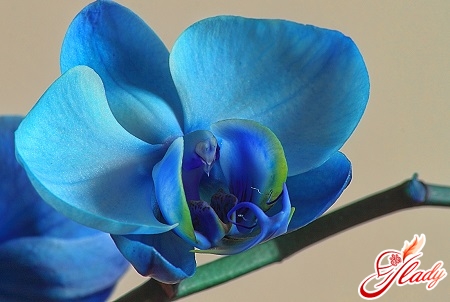
Other features of the content
Even if the orchid has completely faded, do not rushCut the flower spike until the bud on the top remains green. If this tip turns black or withered, there are two options: cut it near the bottom or leave it as it is. The fact is that on the peduncle there are sleeping buds that can give either a baby or a new flower spike. True, a new branch with buds will no longer be blue, but will blossom with beautiful white butterflies. But what if you found traces of piercing and blue paint at the base of the peduncle? If the general condition of Phalaenopsis is still satisfactory, then do not do anything. And if the plant has dropped the buds and is in a stress state, you can remove the damaged arrow to prevent paint from getting into other parts. The most important thing is that the root system is healthy, then further care will not be difficult. Notice how the roots look in the pot. Are there any signs of rotting? If the soil is too wet, the roots will turn brown or black, and when pressed, liquid will be released. To the plant did not die, urgent measures should be taken. In this case, care is as follows:
- Take the orchid out of the pot and remove the remnants of the soil with a jet of water;
- Check all roots for rotten areas and remove them. Crop the rot all you need - to live tissue;
- Slices sprinkle with crushed coal and carefully dry the plant (depending on the degree of damage, drying may take several hours);
- If the root is severely damaged, it will have to be removed directly at the base;
- Do not worry, the orchid has a mass of air roots that will help it survive even in such conditions;
- After transplanting, put the orchid in a warm and well-lit place;
- Further care for the plant is normal: timely watering and top dressing.
And never try to return the blue colorbuds, watering the plant with ink or blue, you can completely destroy the flower. Better try to bring to life the exhausted phalaenopsis, providing him with the proper care. And the orchid will reward you with surprisingly beautiful white flowers.




